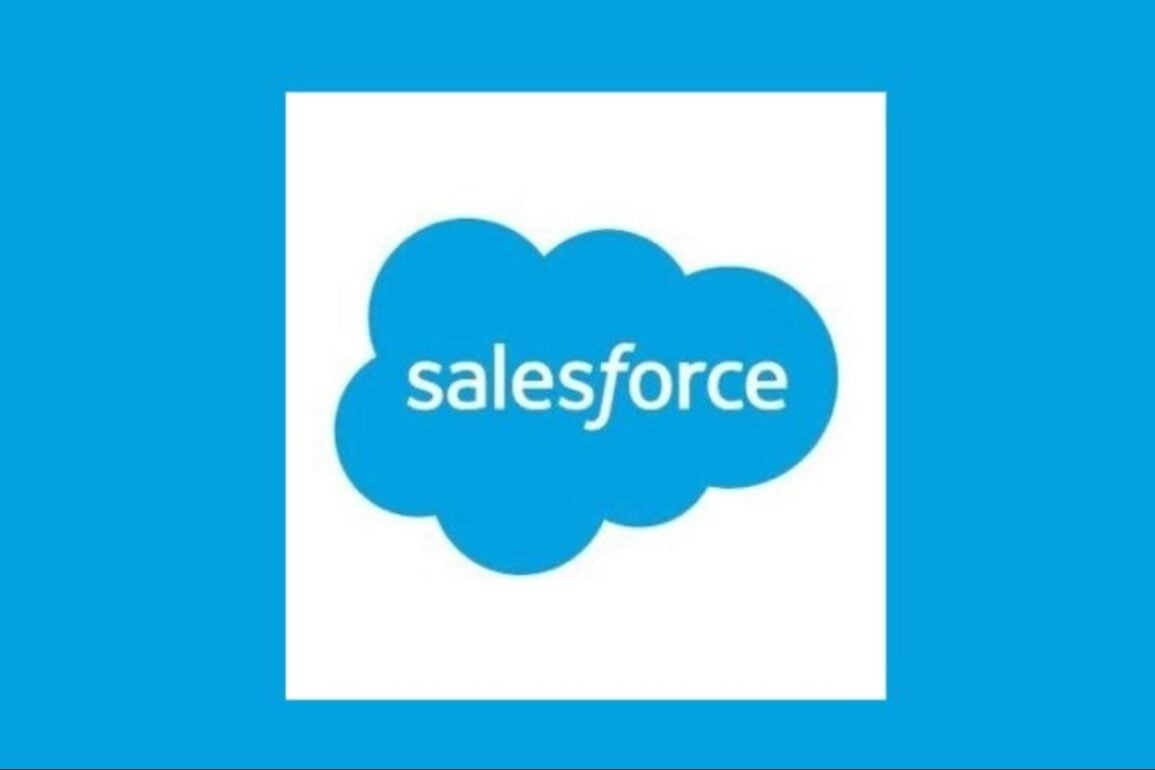- The release of Q2 earnings has put investors with a complex decision to make and puts CRM stock price at a crossroads.
Salesforce Inc. (NYSE: CRM), the world’s leader in customer relationship management (CRM) software, has had a rough year in 2025 because to macroeconomic problems, AI-driven changes, and shifts in how businesses spend their money.
Earnings Expectations Drive Q3 2025 Performance Volatility
On July 1, 2025, CRM stock price was selling at about $244.26, which was down from about $252.86 at the conclusion of Q2 (April–June 2025). The quarter started off slowly, with shares moving in a narrow range since the IT sector as a whole was sluggish.
By the mid-July, the stock had dropped to a quarterly low of $226.48. This was because investors were worried about slowing revenue growth and competition in AI-enhanced CRM products. This was almost a 7% drop from the start of the quarter, which was made worse by challenges with foreign exchange and lower expenditures for enterprise IT.
In August, things got a little better, and by the end of the month, shares had risen to a monthly high of about $258.00, thanks to positive analyst notes on Salesforce’s AI progress. However, the market remained volatile, with a 2.16% loss in early September as options traders took a mildly pessimistic view before earnings results came out.
Q3 Report Card
Investors were still anxious about CRM stock price in the third quarter because they had not yet figured out what was going on with the economy and were concerned at how slowly AI was generating money. Salesforce’s earnings report for the second quarter of 2026, which came out yesterday, and its stock performance so far in Q3 2025 have given investors a complicated story.
Salesforce’s Q2 earnings, which were out after the market closed on September 3, were a combination of good and bad news. The company’s adjusted earnings per share of $2.91 were far higher than the average forecast of $2.78. Also, revenue rose almost 10% from the previous year to $10.24 billion, which also beat the forecast figure of $10.14 billion.
The headline numbers reflect a respectable beat on both the top and bottom lines. However, the stock’s initial market reaction, which was a big drop in after-hours trading, shows that there is a deeper concern about the company’s development path and AI strategy.
On the one hand, the company’s fundamentals stayed strong. For example, in the first quarter of fiscal 2026, results topped expectations on both revenue and EPS, thanks to higher margins and free cash flow. Even though these figures were good, the stock often went down after earnings, which is a common “sell the news” reaction. This pattern showed that investors are no longer only interested in quarterly results; instead they want to see more aggressive growth expectations.
The Q3 fiscal 2026 revenue projection of $10.24 billion to $10.29 billion was a hike in a technical sense. However, it was only an 8–9% growth rate, down from the current quarter’s 10%. This made it plain to investors that Salesforce’s fundamental growth was still slowing down, despite all the talk about AI and how well the company is being run.
What to Expect in Q4
The future of CRM stock in the fourth quarter of 2025 will primarily depend on two main things: the company’s ability to show real development in its AI-driven revenue and a shift in the overall market that rewards profitability and operational efficiency above rapid expansion.
After the second quarter earnings report, analysts have maintained a “Moderate Buy” rating on CRM stock. JPMorgan and Morgan Stanley both have a “Buy” rating because they believe Agentforce could bring in 15% of revenue by FY27. Citi, on the other hand, has a “Neutral” rating, with their CRM stock price target at $275, pointing at weakening demand signals.
Looking ahead, positives include rising utility of AI in enterprise processed. For instance, Agentforce has handled 380,000 calls with an 84% resolution rate, and over half of the Fortune 100 companies are AI and Data Cloud users. The Informatica deal, which is scheduled to finalize by the beginning of FY27, will improve data management and increase profitability by the second year.
CRM needs to get back on track by running its business in a structured manner and sending out a clear message about the importance of AI. This could help it overcome the recent trend of falls after earnings.
Salesforce’s revenue of $10.24 billion and earnings per share (EPS) of $2.91 surpassed expectations, suggesting that AI is gaining ground and margins are getting bigger.
CRM shares declined more than 4% even though the company’s second-quarter results were good. This was because the company’s third-quarter revenue projection was lower than expected.
The future of Salesforce will primarily depend on AI making money, the economy getting better, and the company following through on its $50 billion share repurchase plan.
This article was originally published on InvestingCube.com. Republishing without permission is prohibited.


